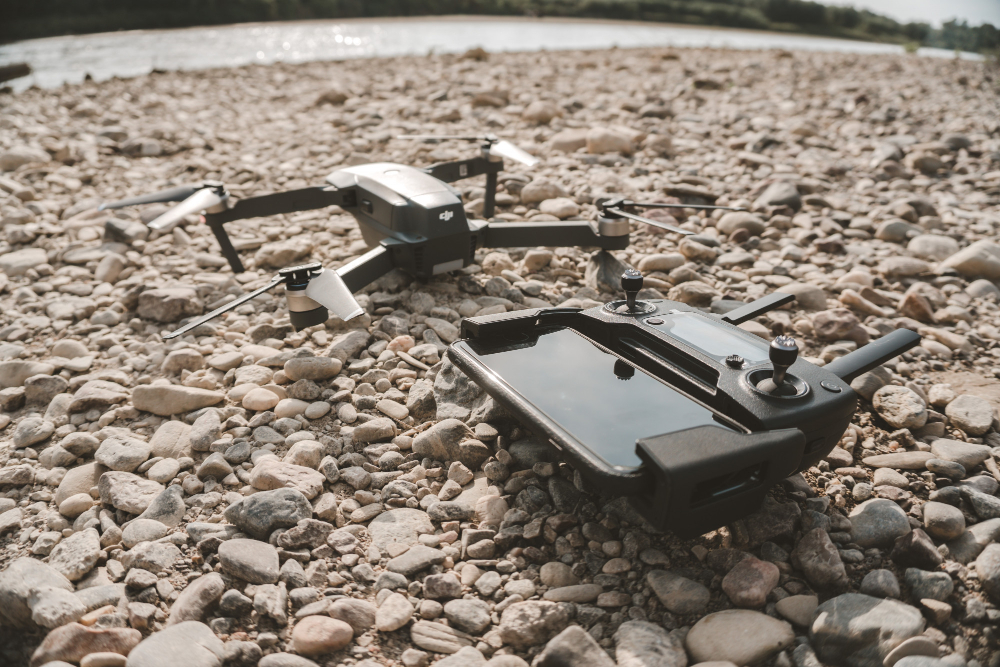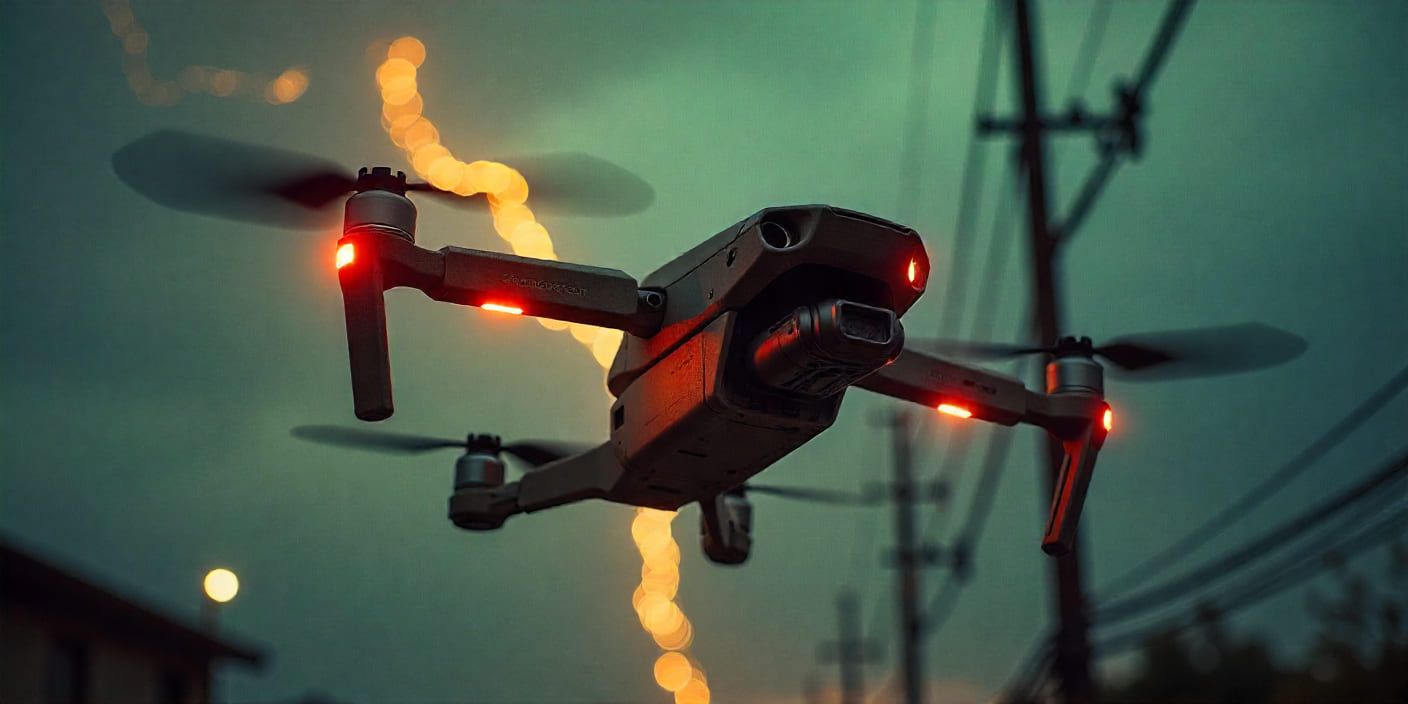Insurance Basics for Drone Pilots: What You Need to Know
As the drone industry continues to grow, so does the need for responsible operations—and one of the most overlooked yet critical aspects is insurance. Whether you’re a commercial drone pilot flying under FAA Part 107 or a hobbyist who occasionally flies for fun, drone insurance can protect you, your clients, and your equipment.
Is Drone Insurance Required?
The FAA does not require drone insurance, even for Part 107 commercial operators. However, many clients, government contracts, or job sites will require proof of insurance before allowing you to fly. So while not legally mandatory, drone insurance is often necessary in the real world of commercial operations.
Even recreational pilots should consider coverage, especially when flying in public areas or near people and property.

Types of Drone Insurance
There are two primary types of insurance drone pilots should be familiar with:
1. Liability Insurance
This is the most important type of insurance for drone pilots. It protects you from financial responsibility if your drone:
- Damages property (like a car or a roof)
- Causes injury to a person
- Interferes with aircraft operations
Liability limits can range from $500,000 to $10 million depending on your risk level, clients, and operations. For commercial pilots, $1 million in liability coverage is often considered the industry standard.
Some common scenarios where liability insurance is essential include:
- A drone crash during a wedding shoot
- Loss of control during a roof inspection
- Interference with nearby aircraft or emergency response units

2. Hull Insurance (Physical Damage)
Hull insurance covers damage to your drone itself—whether from a crash, water exposure, or theft. It's especially valuable if you’re using high-end drones with expensive cameras and sensors.
Unlike liability coverage, hull insurance often requires an appraisal of your drone equipment and may come with a deductible.

Optional Add-Ons and Specialized Coverage
Depending on your operations, you might also consider:
Payload insurance
Ground equipment coverage
Non-owned drone liability
Theft or transit coverage
How Much Does Drone Insurance Cost?
Costs vary based on your coverage type, flight hours, drone model, and whether you fly commercially or recreationally.
- Recreational pilots: Can get basic liability coverage starting at $100–$200/year.
- Commercial pilots: Can expect to pay $500–$1000+ annually for $1 million in liability.
- Hourly or on-demand insurance: Some companies (like Verifly/SkyWatch) offer flexible plans as low as $10/hour for short-term projects.
Where to Buy Drone Insurance
Some of the top drone insurance providers in the U.S. include:
- SkyWatch.AI
- Verifly
- Avion Insurance
- DroneInsurance.com
- Global Aerospace

Why It Matters
Even the safest drone pilot can have an unexpected malfunction or accident. One mistake could cost thousands in damages—or even result in a lawsuit. Insurance gives you peace of mind, professional credibility, and protection from financial risk.
If you’re serious about flying—especially for commercial purposes—drone insurance isn’t just smart. It’s essential.
Let me know if you’d like a sample insurance comparison chart or recommendations based on drone type and use case.


